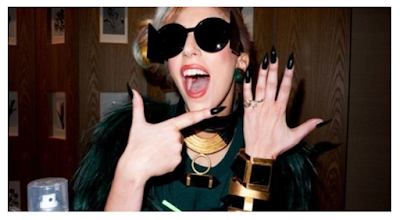Are millennials really 'ruining the workforce'?
Philadelphia Magazine recently ran an article called “How Millennials Are Ruining the Workforce.” Sandy Hingston, the author and a self-proclaimed boomer, describes millennials using words like “obliviousness” and “rock-dumb.” She shames our desire to challenge authority while also calling us too polite. She rants about our crippling laziness, naiveté and embarrassing sensitivity. The article took “passionate millennial-bashing” to impressive new heights.
As a twenty-something who paid for her education and worked hard for a full ride to law school, I found the article’s sweeping generalizations frustrating. Hingston implies that my age alone should warn people: “this girl cannot be taken seriously.” She writes off all millennials as “children” who “are ruining the workforce.” I read her novel-length burn session (covering everything from name-shaming to Ed Sheeran criticism), and by the end of it, I felt defeated.
How could this woman hold so strongly to obvious stereotypes?
First, how could this woman hold so strongly to obvious stereotypes? Does she really not know a single millennial who strays from the dubious idiot she describes? Second, is spewing on about the shortfalls of a generation really the best use of her, or anyone’s, time?
The truth is, millennials and members of older generations are not totally different creatures. I know people – young and old – who love lazing on the couch. Older generations are not immune to iPhone addictions, and not every millennial has a smartphone glued to their hand. There are boomers who disrespect their elders and spend their weekends pounding light beer. There are millennials who prefer hanging out with their grandparents to drinking themselves into unconsciousness.
Likewise, older people are not the only ones who can contribute to the workplace. I have countless millennial peers who work more than forty hours a week, who live with ambitions ablaze. My peers are social workers, Microsoft employees and AmeriCorps volunteers. Some are Fulbright Scholars, working to increase positive globalization.
You certainly do not have to be a millennial to be lazy, clueless or “hypersensitive.” Many millennials are none of these things. To lump every one of us into this mold is just as fair as claiming all older generations to be technology-illiterate homophobes.
Hingston is right when she talks about our youthful experiences; there is no denying millennials grew up in a different, technology-powered world. We have access to limitless information. We are accustomed to constant connectivity. When it comes to home life, most of us spent less time with extended family than our elders did when they were growing up.
With so many characteristics already polarizing society, why add another?
Despite these differences, we need not – and should not – position ourselves on opposing teams. With so many characteristics already polarizing society, why add another?
We should be using our time and energy to advance humanity, not insult one another. Imagine if every millennial-hating writer, like Hingston, used her time to report on something that sparked positive action in her readers? What if, instead of ranting about the stupidity of the millennials in her workplace, Hingtson had offered them some advice on how to be more useful in the office?
Making negative assumptions about everyone born within certain years means missing the chance to make a generational connection that can help everyone succeed at work.
This article was originally published on The Liberty Project.








